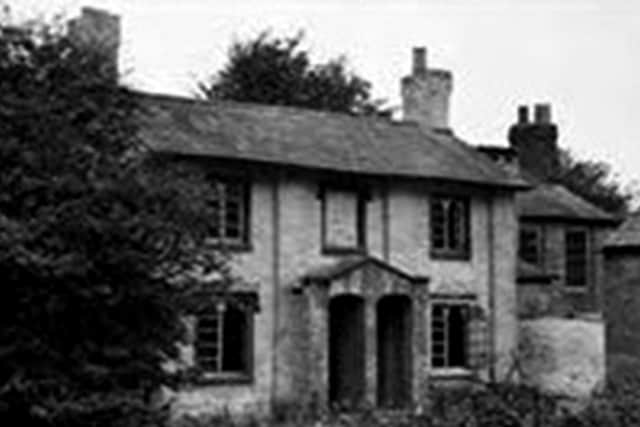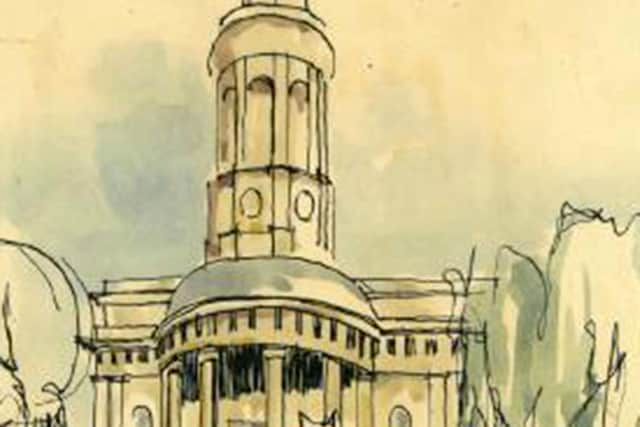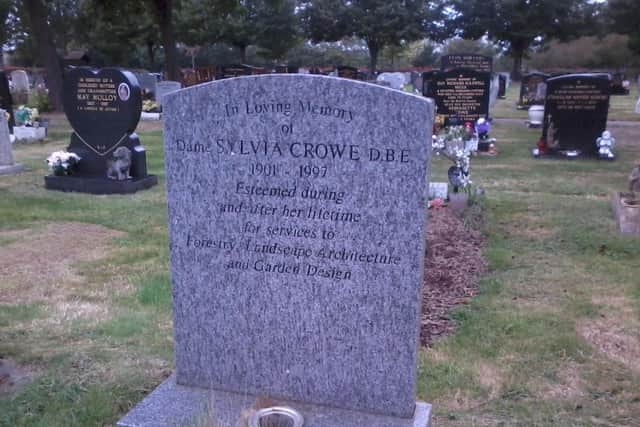Commemoration sought for Banbury woman who became a top landscape architect


The life and achievements of this influential landscape architect are little known in her home town but now, a team from Banbury is working towards providing a fitting memorial for Dame Sylvia in Banbury.
The team comprises Jeremy Sacha, landscape architect and director of Sacha Barnes Limited, Rob Kinchin-Smith of Banbury Civic Society and researcher Jane Kilsby who believe the achievements of this little-known daughter of Banbury should be recognised in the community.
Advertisement
Advertisement
Although decorated - Sylvia Crowe was awarded a CBE in 1967 and became a Dame in 1973 - there is little information about her in local archives. There is nothing in local history books and Banbury Museum has no information about her.


Sylvia Crowe was born in Banbury on 15 September 1901 at 30 Oxford Road. The house, opposite the Banbury House Hotel, was demolished when Oxford Road was widened several decades ago so it is not possible to place a blue plaque on her birthplace. The only sign is her grave at Hardwick Hill Cemetery.
Mrs Kilsby, who has researched Dame Sylvia's history, said: "She was the niece of Col Arthur Stockton of Stockton, Sons and Fortescue and a long-standing Banbury Town Clerk. Her mother was Beatrice Stockton and her father, Eyre Crowe, was born in Poland and was a box and cabinet file manufacturer."
Mrs Kilsby said the Crowe family moved to Sussex during Sylvia's childhood where her father became a fruit farmer. After school, Sylvia trained at Swanley Horticultural College and then with Edward White who set up the precursor to the Chelsea Flower Show. She then set up her private practice as a garden designer. Sylvia won a gold medal at the Chelsea Flower Show in 1937.
Advertisement
Advertisement
During World War II she was a dispatch rider with the Polish army in France and escaped back to England when the Germans invaded France. She then joined the ATS.


"After the war she returned to private practice and from the 1940s her career took off spectacularly," said Mrs Kilsby. "She was one of a very small band of people who became landscape architects and invented the profession as we know it today.
"She took on numerous commissions and public appointments, including landscape consultancy at several New Towns, the Electricity Generating Board, where she sited and designed the landscape around several nuclear power stations, and became the Forestry Commission's first landscape consultant.
"Her work with the Forestry Commission was particularly important as it was she who brought an end to the 'blanket planting' of conifers, persuading foresters to plant in patterns that were sympathetic to the landforms in which they were working and increasing accessibility and the public enjoyment of woodlands. She also took on several commissions abroad, notably in Canberra and The Netherlands."
Advertisement
Advertisement
"In Banbury, Sylvia was commissioned by the then Banbury Borough Council in the late 1940s to turn St Mary's Churchyard - described at the time as 'a disgrace and the worst and dirtiest in England' - from a disused churchyard into a Garden of Rest.


"The work was carried out in 1950-51. Her designs included the layout of the paths around both sides of the church from the front to the back and the moving of several gravestones to the side walls of the church, as they are now.
"She wrote several books which are still seen as a major influence on the development of the profession. In fact she devoted much of her time to forwarding her profession - serving as President of the Institute of Landscape Architects 1957-1959 and played a leading role in the development of the International Federation of Landscape Architects," said Mrs Kilsby.
Dame Sylvia's archives are held at the Museum of English Rural Life in Reading. They include some fascinating letters from people who worked with her that give a sense of her character and accounts of her stamina and tremendous energy. She spent hours spent sketching on windswept acres of forestry in the Highlands in her squirrel-lined coat.
Advertisement
Advertisement
Mrs Kilsby said: "She lived in London for most of her adult life but we understand that she kept a close connection with Banbury. Her funeral was held at St Mary's Church and she was buried at Hardwick Hill Cemetery in 1997."
Research into Dame Sylvia's life and Banbury connections continues.